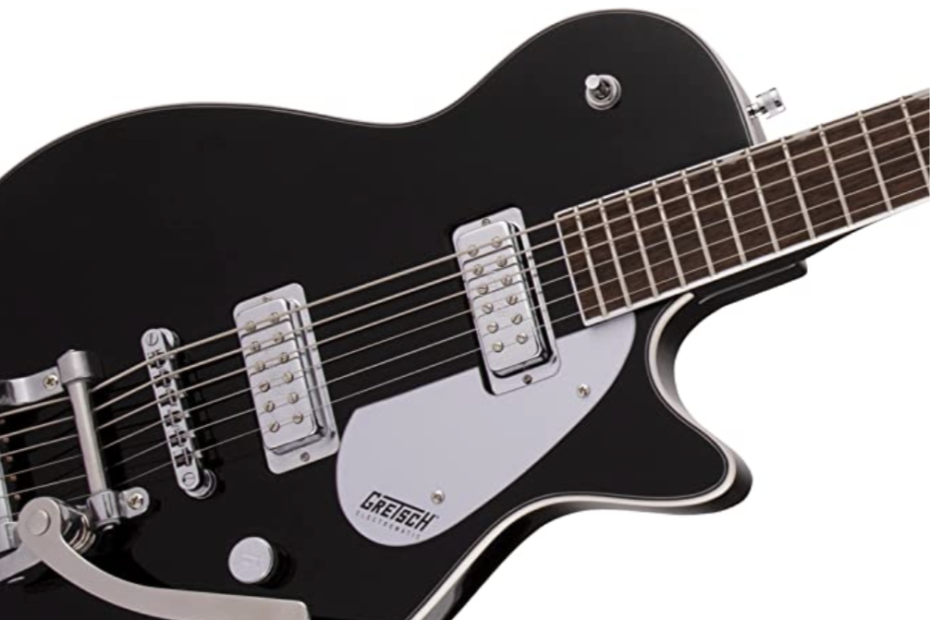 Learning to play your favorite song on the guitar can be a fun and rewarding experience. Here are some steps to get started:
Learning to play your favorite song on the guitar can be a fun and rewarding experience. Here are some steps to get started:
- Choose a song: Choose a song that you enjoy listening to and that is at your current skill level. It is important to choose a song that you are motivated to learn, as this will make the learning process more enjoyable.
- Listen to the song: Listen to the song multiple times to get a feel for the rhythm, melody, and overall structure of the song.
- Find the chords or tabs: Look for the chords or tabs for the song. Chords are the basic building blocks of most songs and can be found in guitar chord books, online chord libraries, or by searching for the song on a search engine. Tabs are a more detailed version of the chords and show where to place your fingers on the fretboard.
- Practice the chords: Practice the chords slowly and separately until you are comfortable with them. Then, start playing them together in the order that they appear in the song.
- Play along with the song: Once you are comfortable with the chords, try playing along with the song. Start by playing the chords along with the rhythm of the song, and then add in any additional embellishments or solos as you become more comfortable.
- Practice regularly: Practice regularly to improve your playing skills and master the song. Don’t get discouraged if it takes some time to learn the song; with regular practice, you’ll get there eventually!
Remember to take breaks and have fun with the process. Playing music should be enjoyable, and the more you practice, the better you will become.
Also Read:
Seven Master Classic Rock Guitar Players
Soloing Over Chords on a Minor Pentatonic Scale
Top Tips to Play Guitar Chords
20 Best Guitar Chords for Beginners
Playing By Ear
 Playing a song by ear involves listening to a piece of music and figuring out how to play it on the guitar without any written music or tabs. Here are some steps to get started:
Playing a song by ear involves listening to a piece of music and figuring out how to play it on the guitar without any written music or tabs. Here are some steps to get started:
- Listen to the song: Listen to the song several times to get a feel for the melody, rhythm, and chord progression. Try to identify the key and the basic chords being used.
- Identify the melody: Listen closely to the song and try to identify the melody or the main vocal line. Try to sing or hum along with the melody to get a better sense of it.
- Identify the chord progression: Once you have identified the melody, try to figure out the chords that accompany it. Listen for the bass notes and the changes in the chord progression.
- Try to play along: With the melody and chords in mind, try to play along with the song. Start by playing simple chords and strumming along with the rhythm of the song. Try to match the timing and tempo of the song as closely as possible.
- Experiment: Don’t be afraid to experiment with different chord voicings or inversions to find the best fit for the song. Try different variations of the chords until you find the ones that sound the closest to the original song.
- Practice: Once you have figured out how to play the song, practice it regularly until you feel comfortable with it. Over time, you may be able to play more complex songs by ear.
Remember that playing by ear takes time and practice, and it’s okay if it doesn’t come naturally at first. Keep at it, and with time, you’ll develop your ear and become better at figuring out songs on your own.
Learning Chord Sequences
 Learning to play a chord sequence on the guitar is a fundamental skill for any guitar player. Here are some steps to help you learn:
Learning to play a chord sequence on the guitar is a fundamental skill for any guitar player. Here are some steps to help you learn:
- Identify the chords: Listen to the sequence and identify the chords being used. Look for the key of the song and the chord progression being used.
- Practice each chord: Once you have identified the chords, practice playing each one individually until you can play them smoothly and cleanly.
- Practice transitions: Next, practice transitioning between each chord. Start with two chords and focus on getting the transition smooth and accurate. Once you have mastered two chords, add another and practice transitioning between all three.
- Practice the sequence: Once you are comfortable with each chord and the transitions, practice playing the entire chord sequence. Start slow and focus on getting each chord change smooth and accurate. Gradually increase the speed as you get more comfortable with the sequence.
- Practice with a metronome: Use a metronome to practice playing the chord sequence in time. This will help you improve your timing and accuracy.
- Experiment: Don’t be afraid to experiment with different chord voicings or inversions to find the best fit for the song. Try different variations of the chords until you find the ones that sound the closest to the original sequence.
- Practice regularly: Practice the chord sequence regularly until you feel comfortable playing it. Over time, you may be able to play more complex chord sequences with ease.
Remember that learning to play a chord sequence takes practice and dedication. Don’t get discouraged if it takes time to get it right. Keep at it, and with time, you’ll be able to play any chord sequence with ease.
Using Guitar Tabs
Playing a song using guitar tabs is a great way to learn new songs quickly and easily. Here are the steps to follow:
- Find a tab for the song: Search online for guitar tabs for the song you want to learn. There are many websites that offer free guitar tabs, such as Ultimate Guitar, Songsterr, and Tabs4Acoustic.
- Understand the tab format: Guitar tabs are a visual representation of the guitar neck, with each line representing a string and the numbers representing the frets. The top line represents the thinnest string (high E) and the bottom line represents the thickest string (low E).
- Learn the timing: The numbers on the tab indicate which fret to press down on and play. The numbers on top of each other indicate a chord or a note played simultaneously. The rhythm and timing are indicated by the spacing between the numbers and symbols.
- Practice each section: Break the song down into sections and practice each section slowly. Use a metronome to help you keep time.
- Put it all together: Once you have mastered each section, put them together and practice the song as a whole.
- Experiment with different versions: Remember that guitar tabs are a guide and not always 100% accurate. Experiment with different versions and play styles to find the one that works best for you.
- Practice regularly: Practice the song regularly to improve your playing and build muscle memory.
Remember to take your time and practice regularly. With patience and dedication, you’ll be playing your favorite songs in no time using guitar tabs.
Using Sheet Music
Learning a song with sheet music can be a bit more challenging than using guitar tabs, but it can also be more rewarding in terms of developing your music theory and sight-reading skills. Here are the steps to follow:
- Get the sheet music: You can find sheet music for most songs online, or you can purchase a sheet music book for a particular artist or genre. Look for a version that matches your skill level, whether that’s beginner, intermediate, or advanced.
- Familiarize yourself with the notation: Sheet music uses standard music notation, which includes symbols for notes, rests, time signatures, and other musical elements. If you’re new to reading sheet music, start by learning the basics, such as note names and durations, before diving into a particular song.
- Break the song down into sections: Divide the song into sections, such as verses, choruses, and bridges. Focus on one section at a time, and practice it until you feel comfortable before moving on to the next section.
- Practice slowly: Start by playing the song at a slow tempo, and gradually increase the speed as you become more familiar with the notes and rhythms.
- Work on difficult parts: If you come across a difficult section, focus on that section until you can play it smoothly. Use a metronome to help you stay on tempo.
- Put it all together: Once you have mastered each section, put them together and practice the song as a whole.
- Add your own interpretation: Remember that sheet music is a guide, not a strict set of rules. Experiment with your own interpretations of the song, such as adding your own dynamics, articulations, and phrasing.
Learning a song with sheet music can take time and patience, but with practice, you’ll develop your skills and become a more well-rounded musician.
